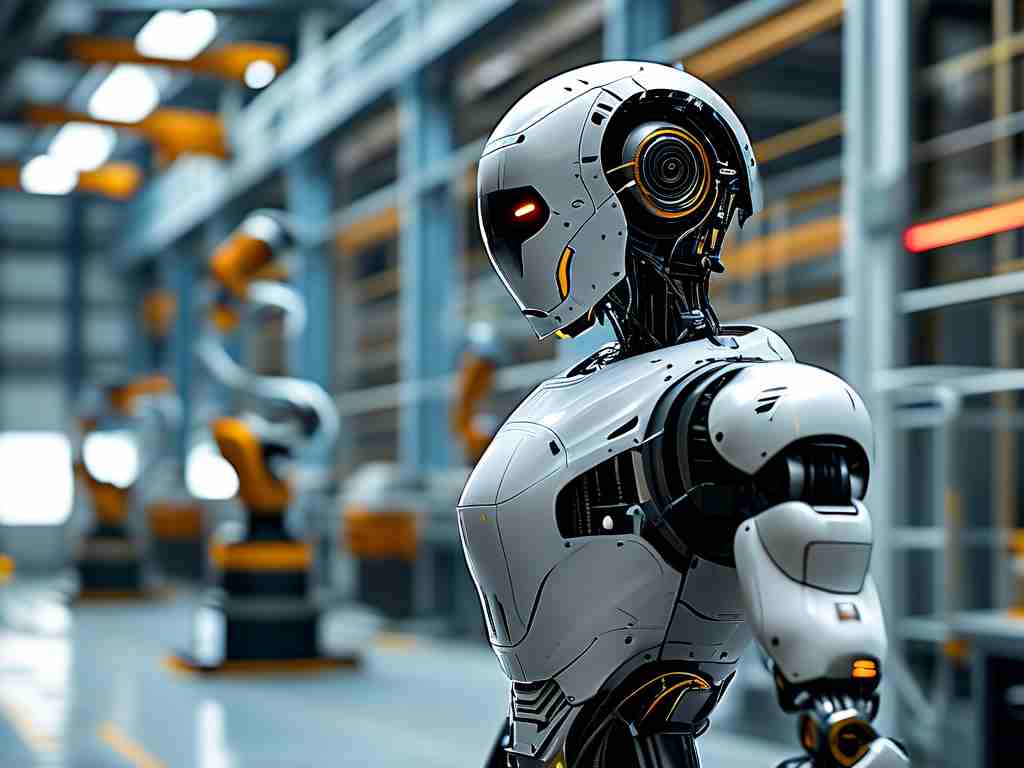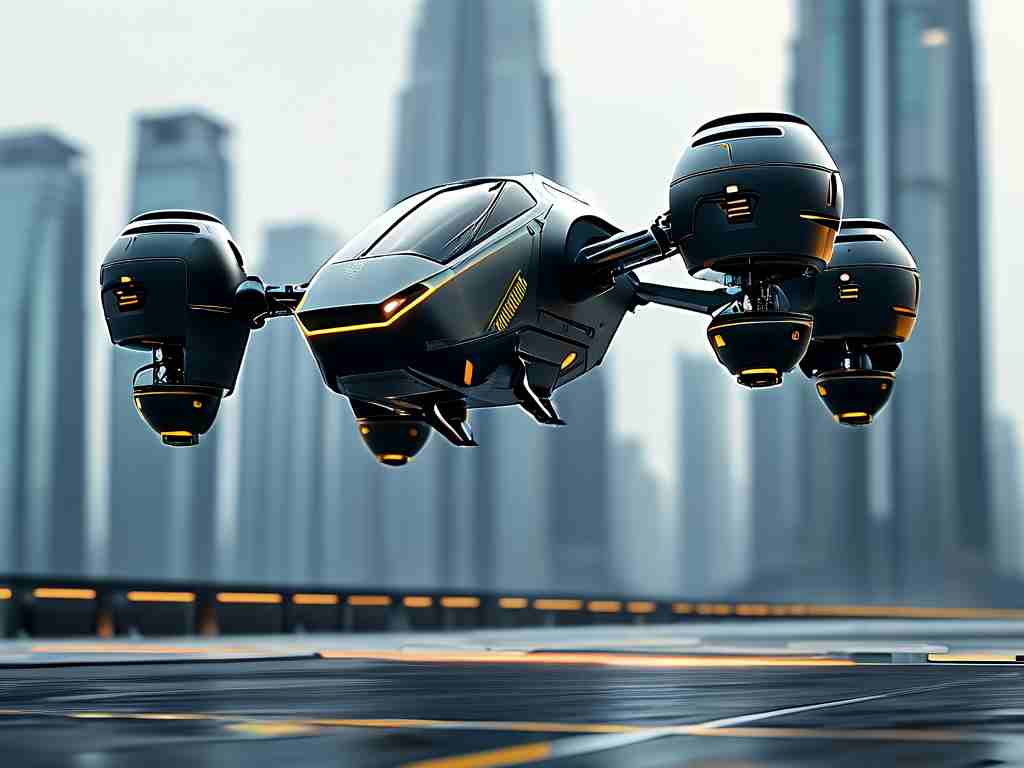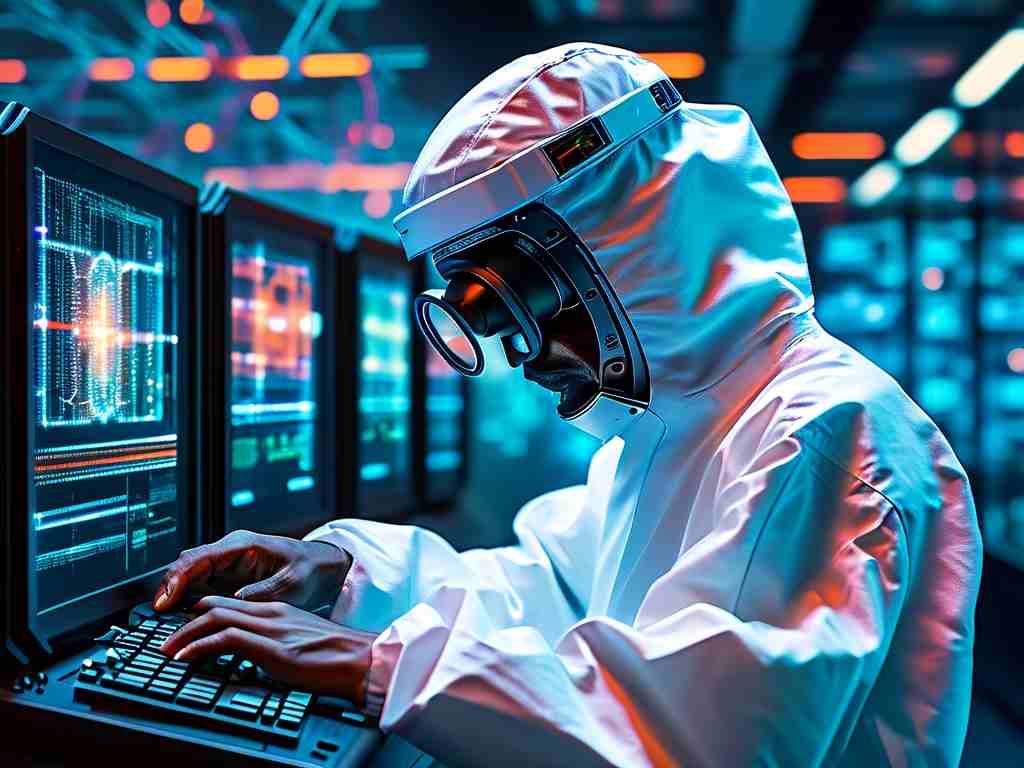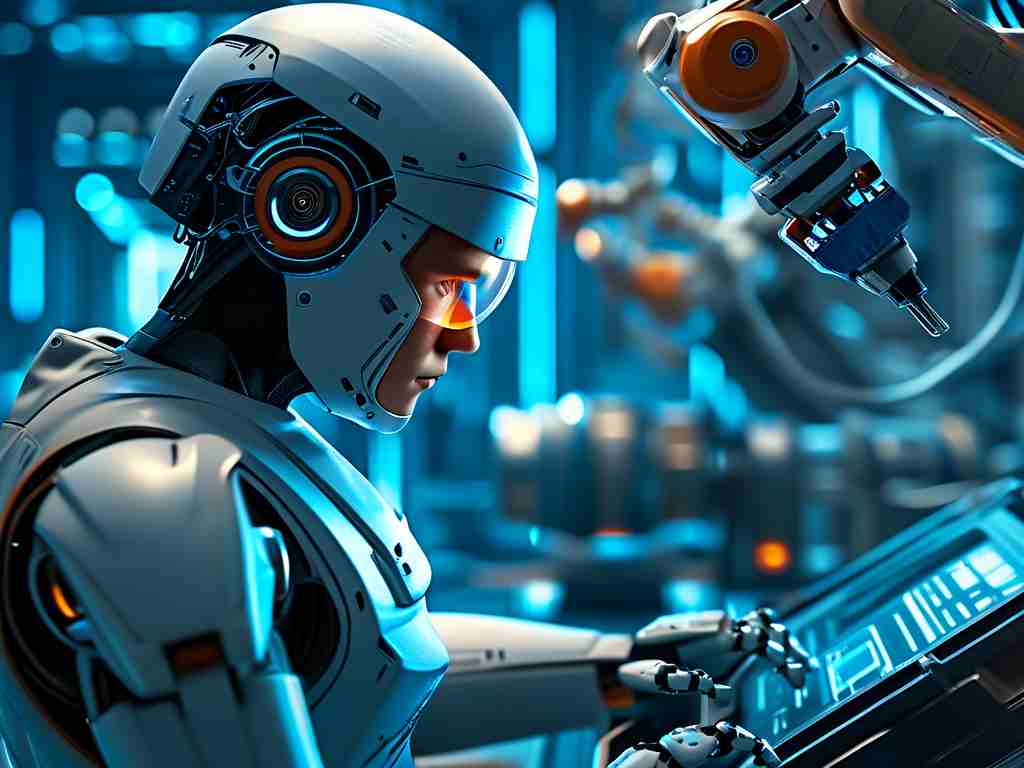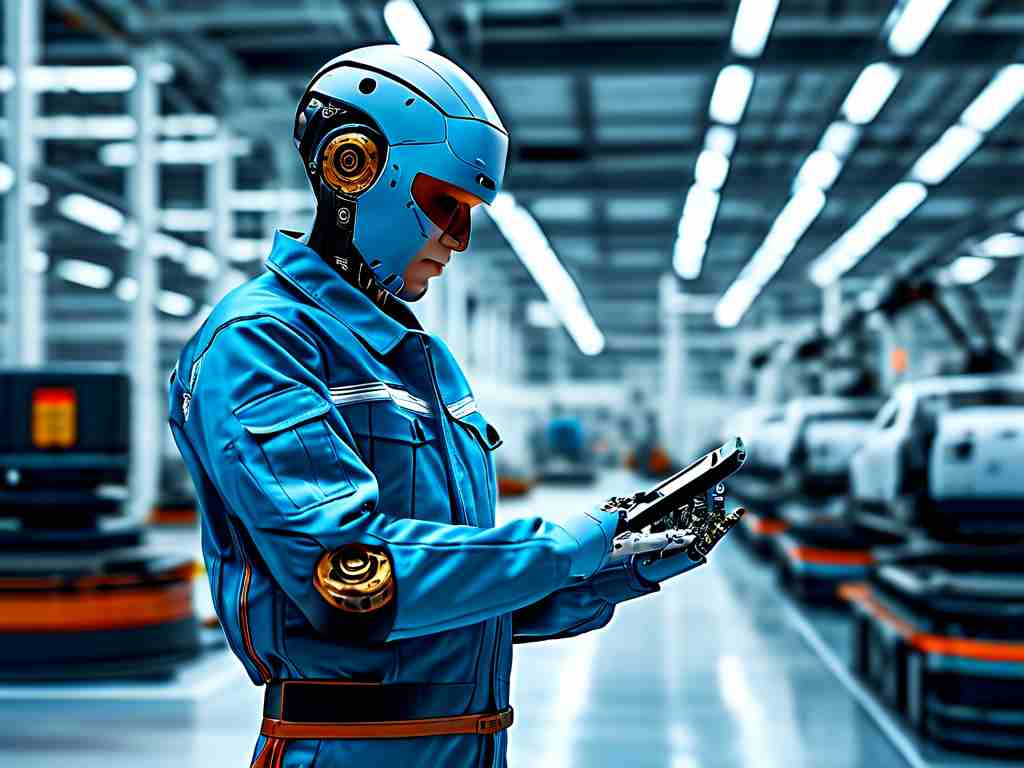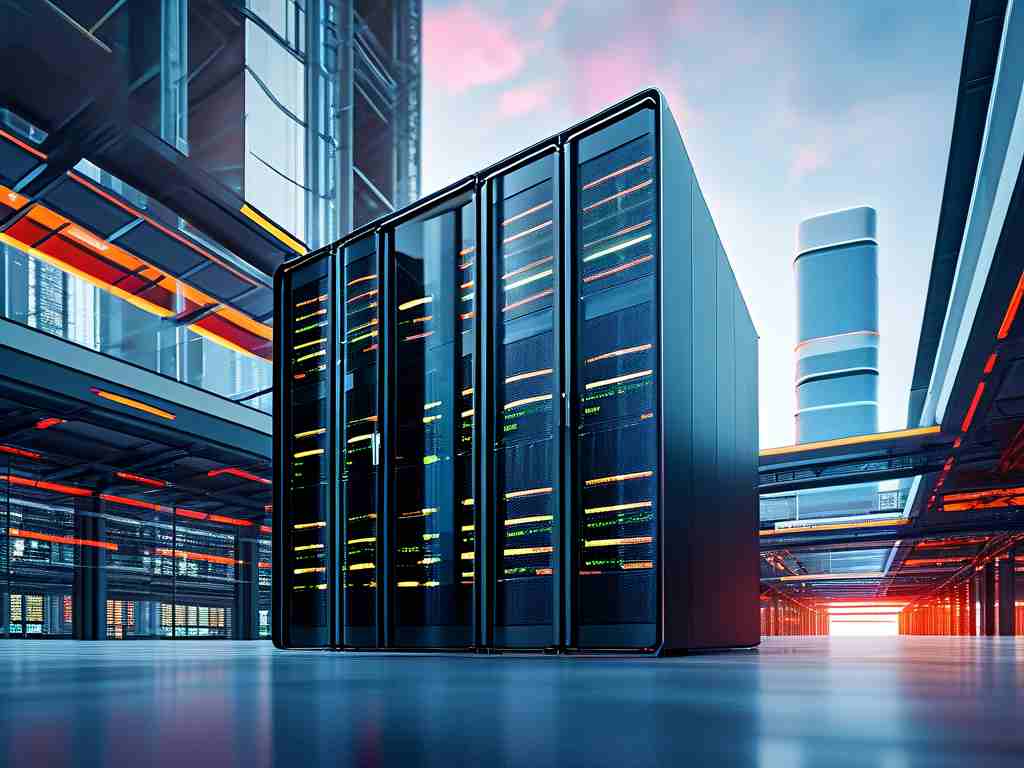The intersection of information technology and robotic dance has sparked a revolution in both artistic expression and engineering innovation. By integrating advanced algorithms, sensor networks, and motion control systems, robotic dance performances now transcend traditional boundaries, offering audiences a glimpse into a future where machines emulate human creativity.

At its core, robotic dance relies on precise synchronization between hardware and software. Engineers program humanoid robots using languages like Python or C++ to execute complex choreography. For example, a simple code snippet for a robotic arm’s wave motion might involve inverse kinematics calculations:
def calculate_joint_angles(target_position):
# Inverse kinematics logic here
return shoulder_angle, elbow_angle
Such technical foundations enable robots to mimic fluid human movements, from ballet pirouettes to hip-hop isolations. Meanwhile, machine learning algorithms analyze historical dance data to generate new routines, blending genres like jazz and krump into hybrid forms.
The role of sensors cannot be overstated. LiDAR and inertial measurement units (IMUs) allow robots to “sense” their environment, adjusting movements in real time. During a 2023 performance in Seoul, a robot troupe used depth cameras to interact with holographic projections, creating an illusion of dancing alongside virtual partners—a feat achievable only through edge computing and low-latency 5G networks.
Critics argue that robotic dance lacks emotional depth. However, pioneers like the Tokyo-based group SynthMotion challenge this notion. Their android “Aria” interprets live violin music using sentiment analysis APIs, translating melancholic melodies into languid gestures and upbeat tempos into staccato pops. This dynamic responsiveness blurs the line between programmed behavior and authentic artistry.
From an industrial perspective, these advancements have practical applications. Automotive factories now employ dance-inspired algorithms to optimize assembly-line robot paths, reducing production time by 18%. Similarly, rehabilitation centers use gentle robotic waltz sequences to improve motor skills in stroke patients.
Yet ethical questions persist. Should robots replace human dancers? Most creators view them as collaborators rather than substitutes. At the 2024 Geneva Art Summit, choreographer Elena Vázquez noted, “Robots don’t tire or forget steps, but they lack the improvisational spark that comes from human vulnerability.” Her latest piece, Binary Heartbeats, features humans and robots mirroring each other’s motions, symbolizing coexistence.
Looking ahead, quantum computing could enable real-time choreography adjustments across massive robot swarms. Imagine 1,000 drones over a stadium, each executing unique moves while maintaining perfect formation—a spectacle merging mathematics and aesthetics. Meanwhile, augmented reality (AR) headsets might let audiences see “hidden” data layers, like motion trails or force vectors, during performances.
In education, robotic dance kits are becoming STEM tools. Students at MIT’s Media Lab recently designed a robot that learns folk dances through motion capture and adapts them to different cultural contexts. This fusion of tech and tradition highlights how robotic dance preserves heritage while pushing creative frontiers.
The journey from rigid industrial arms to expressive robotic performers mirrors humanity’s own technological evolution. As machines grow more adept at interpreting rhythm and emotion, they redefine what it means to create—and feel—art. Whether on stage or in labs, the dance between silicon and soul continues to captivate, challenge, and inspire.



